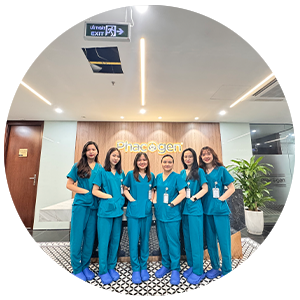A new study shows that the mutations that give rise to melanoma are due to chemical changes in DNA, not just DNA copying errors as previously believed, but also driven by sunlight.
These findings reinforce long-held beliefs about disease mechanisms, the importance of preventative measures, and promise further avenues for investigating the origins of other types of cancer.
.
In a study by Van Andel Institute scientists published in the journal Science Advance, the mutations that give rise to skin cancer are caused by chemical transitions in DNA promoted by sunlight - not just is a DNA replication error as previously believed.
.
The findings reinforce long-held beliefs about the mechanisms that cause the disease, the importance of preventative measures, and promise further avenues to investigate the origins of other cancers.
.
"Cancer is the result of DNA mutations that allow defective cells to survive and invade other tissues. However in most cases, the origin of these mutations is unclear. This affects influence the development of therapies and prevention methods", said Dr. Gerd Pfeifer - VAI Professor and author of the study. "In skin melanoma, we have shown that sunlight damages DNA by inducing 'premutations' that develop into full mutations during DNA replication."
.
Melanoma is a serious type of skin cancer that starts in skin cells that produce pigment. Although less common than other types of skin cancer, melanoma is more likely to spread and invade other tissues. This significantly reduces the patient's chance of survival. Previous large-scale sequencing studies have shown that melanoma has the most DNA mutations of any cancer. Like other skin cancers, melanoma is linked to exposure to sunlight, specifically a type of radiation called UVB. Exposure to UVB rays damages skin cells as well as the DNA inside the cells.
.
Most cancers are thought to begin when DNA damage directly causes mutations, which are then copied and passed on to subsequent cell generations during the normal process of cell replication. However, in the case of melanoma, Pfeifer and his team found a different mechanism that creates disease-causing mutations – the introduction of a chemical base not normally found in DNA that causes it to susceptible to mutation.
.
DNA is composed of four chemical nucleic acids that exist in pairs - Adenine (A) and Thymine (T), Cytosine (C) and Guanine (G). The different sequences of these pairs encode all the activities of life. In melanoma, the problem occurs when UVB radiation from the sun hits certain sequences of bases - CC, TT, TC and CT - causing them to chemically bond together and become unstable. . The resulting instability causes a chemical change to Cytosine turning it into Uracil, a nucleotide found in the RNA molecule but not in DNA. This change, called a "premutation", is the cause of DNA mutation during normal cell replication; thereby causing changes that underlie melanoma.
.
These mutations may not cause disease immediately; instead, they can lie dormant for many years. They can also accumulate over time, and as a person's lifetime exposure to sunlight increases, they develop into a cancer that is difficult to treat and has few treatment options. .
.
"Sun safety measures are very important. In our study, 10-15 minutes of exposure to UVB light is equivalent to a person exposed to the sun at midday and is enough to cause premature birth." , Pfeifer said. "Even though our cells have built-in protections to repair DNA damage, this process sometimes misses something. Protecting the skin is generally the best bet when it comes to preventing melanoma."
.
This discovery was made possible by a method developed by Pfeifer's lab called Circle Damage Sequencing, which allows scientists to "crack" DNA at each point of damage. They then pieced the DNA into circles, which were copied thousands of times using a technology called PCR. Once they had enough DNA, they used next-generation sequencing to determine which DNA bases were present at the break points. In the future, Pfeifer and colleagues plan to use this powerful technique to investigate other types of DNA damage in different types of cancer.
.
Other authors include: Seung-Gi Jin, Ph.D., Dean Pettinga, Jennifer Johnson and Peipei Li, Ph.D., of VAI
.
Translator: Bich Hau
Source of magazine:
Seung-Gi Jin, Dean Pettinga, Jennifer Johnson, Peipei Li, Gerd P. Pfeifer. The major mechanism of melanoma mutations is based on deamination of cytosine in pyrimidine dimers as determined by circle damage sequencing. Science Advances, 2021; 7 (31): eabi6508 DOI: 10.1126/sciadv.abi6508
Link bài viết: https://www.sciencedaily.com/releases/2021/07/210730142042.htm





